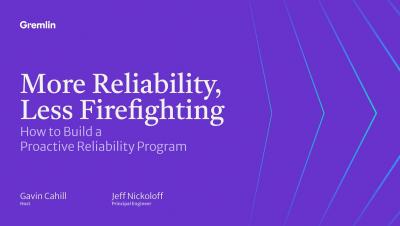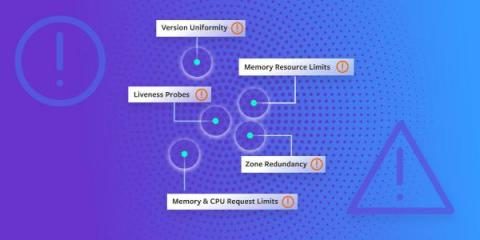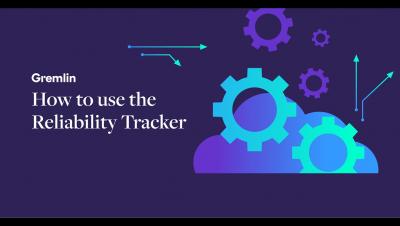How to ensure your Kubernetes Pods have enough CPU
Gremlin's Detected Risks feature immediately detects any high-priority reliability concerns in your environment. These can include misconfigurations, bad default values, or reliability anti-patterns. A common risk is deploying Pods without setting a CPU request. While it may seem like a low-impact, low-severity issue, not using CPU requests can have a big impact, including preventing your Pod from running.











